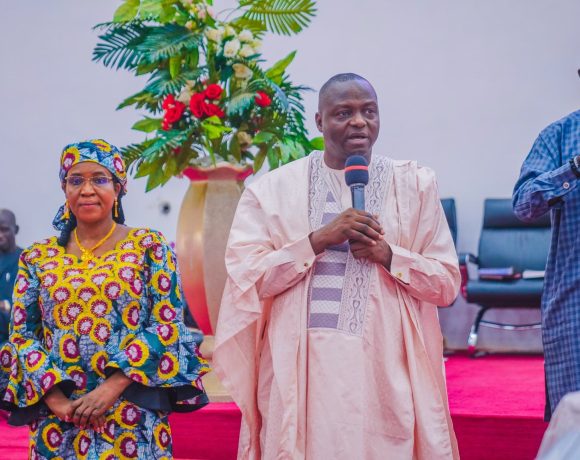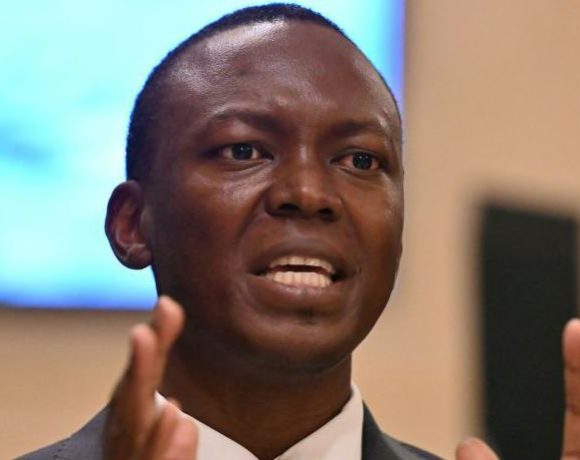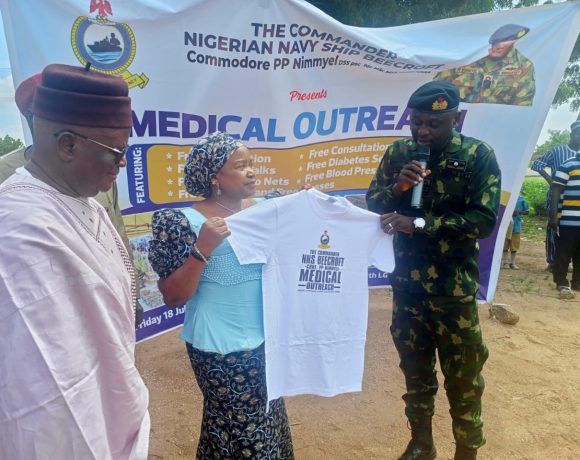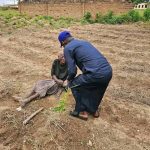Lake Kivu Recovery and Regional Power Development Initiative
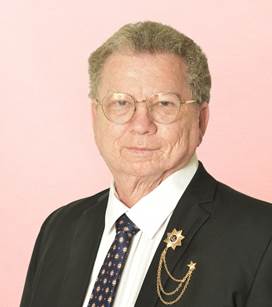
……..From Peace to Prosperity: Transforming an Ecological Risk into an Energy Revolution
Israel
Opinion: By Samuel Shay, Entrepreneur and Economic Advisor for the Abraham Accords
1. Introduction From Conflict to Cooperation
The recent peace agreement between the Democratic Republic of Congo (DRC) and Rwanda represents far more than the end of hostilities. It marks the beginning of an extraordinary opportunity to heal one of Africa’s most complex natural environmentsLake Kivuwhile laying the foundation for sustainable economic growth across Central and East Africa.
Lake Kivu, shared by both nations, holds an enormous volume of methane (approximately 60 km³) and carbon dioxide (approximately 300 km³) trapped under high pressure beneath the lake’s surface. These gases pose a real danger of a limnic eruptiona sudden, deadly release of gas that could threaten millions of people.
However, with proper extraction, management, and utilization, these same gases can be transformed into a regional source of clean, affordable, and abundant energya living example of turning crisis into opportunity.
2. Strategic Vision Turning Risk into Renewable Energy
The Lake Kivu Energy Development Program proposes the establishment of thirty (30) gas fired power plants around the lake. These facilities will safely extract and process methane gas from deep water layers, convert it into electricity, and distribute power across Rwanda, the DRC, Burundi, Uganda, and Tanzania.
The initiative serves three core objectives:
- Environmental Safety Eliminate the risk of a catastrophic gas eruption by systematically removing excess methane.
- Energy Security Provide stable, low cost electricity to five neighboring countries.
- Economic Transformation Stimulate industrial growth, attract foreign investment, and create millions of new jobs across the region.
Each station will employ advanced General Electric (GE) combined cycle turbines, with an efficiency rate exceeding 60%, ensuring maximum power generation with minimal emissions.
Collectively, the thirty stations will deliver 4,000 MW of clean energyenough to electrify the majority of Central Africa, stabilize regional grids, and reduce dependency on imported fossil fuels.
3. Economic Model A $5 Billion Investment for a $42 Billion Transformation
The project’s total investment requirement stands at approximately USD 5 billion, including infrastructure, extraction platforms, and initial gas processing facilities. Based on projected revenue streams and carbon credit valuation, the initiative anticipates an annual return on investment (ROI) of 15 – 20%.
Revenue Streams Include:
- Electricity Sales: Supplying energy to five countries at a base price of
USD 0.10 – 0.12 per kWh.
- Hydrogen Exports: Producing up to 200,000 tons/year of green hydrogen for export to Europe and Asia.
- Carbon Credits: Monetizing CO₂ reduction through the Verified Carbon Standard (VCS) mechanism, generating USD 60 – 100 million annually.
- Industrial Growth: Enabling regional manufacturing and agro industrial development due to lower energy costs.
Estimated Total Economic Impact:
- Direct Project Value: USD 42 billion over 20 years.
- Job Creation: Over 20,000 direct and indirect jobs.
- GDP Contribution: Estimated regional GDP growth of 1.5 – 2.0% annually.
This financial model ensures self sustainabilitya public – private partnership combining sovereign guarantees, development bank loans, and green energy investment funds.
4. Environmental & Social Impact Restoring the Balance
4.1 Preventing Ecological Disaster
Methane concentrations in Lake Kivu have increased by 15% between 1975 and 2005, creating a volatile mix of gases under high pressure. Without extraction, the risk of a limnic eruption remains severe.
The project’s extraction system will safely reduce these concentrations, stabilizing the lake’s chemistry while restoring its natural balance.
4.2 Preserving Biodiversity
Environmental monitoring systems will continuously track:
- Water pH, oxygen, and nutrient levels.
- Fish and plankton populations.
- Carbon and methane fluxes.
- Microbial activity and algae growth.
These measures ensure the long term health of the lake’s ecosystem, preventing degradation and maintaining biodiversity.
4.3 Empowering Local Communities
The initiative is designed not only to generate energy but also to empower people:
- Creation of training centers and technical universities in Kibuye, Gisenyi, and Bukavu.
- Support for local entrepreneurship and small scale industry powered by cheap electricity.
- Development of tourism infrastructure along the lakefronthotels, marinas, and eco parks.
- Healthcare, education, and water purification projects supported by the project’s social fund.
The initiative will directly impact more than five million residents across the lakeshore region.
5. Technical and Operational Framework
5.1 Extraction Infrastructure
- 50 offshore pumping stations located across strategic depths (up to 480 m).
- Gas separation units with corrosion resistant materials and automated safety shutdowns.
- Real time gas composition monitoring and seismic sensors linked to an early warning system.
5.2 Power Generation
- 30 gas fired power plants (100 – 200 MW each).
- 220 kV transmission grid linking DRC, Rwanda, and neighboring countries.
- SCADA control systems for real time stability management.
5.3 Hydrogen Production
- Steam Methane Reforming (SMR) facility with 90% CO₂ capture integration.
- Liquefaction and storage units for hydrogen export via regional transport hubs.
- Green certification for hydrogen under EU and Asian sustainability standards.
5.4 Governance & Oversight
- Establishment of a Bilateral Management Authority (BMA) jointly governed by Rwanda and the DRC.
- Inclusion of international technical advisors from the World Bank, UNEP, and the African Union.
- Transparency and public reporting through annual sustainability audits.
6. Implementation Phases
Phase 1 (Years 1 – 2): Foundation
- Signing of the Rwanda DRC bilateral framework.
- Establishment of the Lake Kivu Joint Energy Authority.
- Construction of the first 10 pumping stations.
- Installation of the monitoring and safety network.
Phase 2 (Years 3 – 5): Expansion
- Construction of Rwanda and DRC 200 MW power plants.
- Initial hydrogen production (50,000 tons/year).
- Workforce training and certification programs.
Phase 3 (Years 6 – 10): Optimization
- Full deployment of 50 pumping stations.
- Expansion of hydrogen capacity to 200,000 tons/year.
- Integration with regional energy grids and export markets.
7. Risk Management and Mitigation
Technical Risks
- Mitigation: Redundant systems, predictive maintenance, and international oversight.
Environmental Risks
- Mitigation: Real time monitoring, biodiversity protection, and water quality control.
Political Risks
- Mitigation: Binding bilateral agreement, shared governance, and insurance coverage.
Market Risks
- Mitigation: Long term energy and hydrogen supply contracts with fixed pricing.
8. Regional and Global Significance
The Lake Kivu initiative will:
- Prevent a natural catastrophe threatening over two million people.
- Provide renewable energy to more than five nations.
- Launch Africa’s hydrogen economy, positioning Rwanda and DRC as continental leaders.
- Serve as a global model for environmental recovery through industrial innovation.
This project exemplifies how peace can generate prosperity, and how science, technology, and diplomacy can converge to restore both the planet and its people.
9. Conclusion A Blueprint for Africa’s Future
The Lake Kivu Recovery and Development Project is not just an energy programit is a continental transformation model.
It will redefine the regional economy, mitigate environmental threats, and inspire future collaborations between governments, investors, and communities.
With vision, coordination, and courage, Lake Kivu can become the beating heart of Africa’s green revolutiona living testament that when nations choose cooperation over conflict, the result is not just peace, but prosperity for generations to come.


